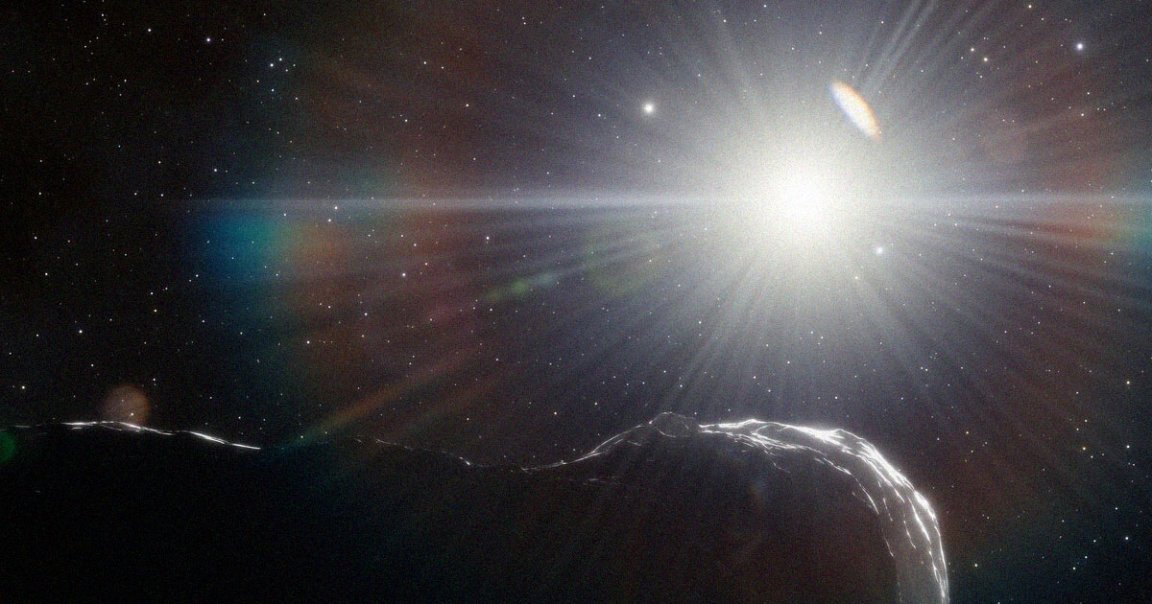
Deep Impact
Using the Cerro Tololo Inter-American Observatory in Chile, a team of National Science Foundation researchers have detected the largest “potentially hazardous” asteroid in eight years, a one-mile-wide space rock that could destroy life as we know it on Earth — if it were to ever collide with us.
Fortunately, the asteroid dubbed 2022 AP7 is extremely unlikely to get close enough, despite periodically getting within just 4.4 million miles of Earth, The New York Times reports — roughly 18 times the distance from us the Moon — which is technically, within the parameters of a “potentially hazardous” asteroid.
Though the possibility is remote, if 2022 AP7 were did make impact, it’d be disastrous.
“This is what we call a planet killer,” Scott Sheppard, an astronomer at the Carnegie Institution for Science and co-author of a paper published in The Astronomical Journal last month, told the NYT. “If this one hits the Earth, it would cause planetwide destruction. It would be very bad for life as we know it.”
Planet Killer
The space rock is one of three recently discovered objects that were hidden from us by the Sun’s glare — a reminder that our solar system is anything but an empty void.
What makes 2022 AP7 so threatening in particular is the fact that its size means it wouldn’t completely burn up in the Earth’s atmosphere.
According to the NYT, there are likely tens of thousands of other space rocks like it, but it’s estimated that less than half of them have been discovered.
That kind of ever-present threat motivated NASA to crash its DART spacecraft into a much smaller near-Earth asteroid, a groundbreaking experiment attempting to demonstrate that a killer asteroid on a collision course with our planet could be nudged off course.
But first, we need to be able to detect them before it’s too late.
READ MORE: ‘Planet Killer’ Asteroid Spotted That Poses Distant Risk to Earth [The New York Times]
More on asteroids: Asteroid NASA Smashed a Spacecraft Into Grew Two Tails